Charles Zana creates unexpected dialogues with 17 paired works in Paris
In exhibition Utopia, Charles Zana turns Tornabuoni Art in Paris into a salon of intimate conversations between Italy’s greatest post-war artists and architects
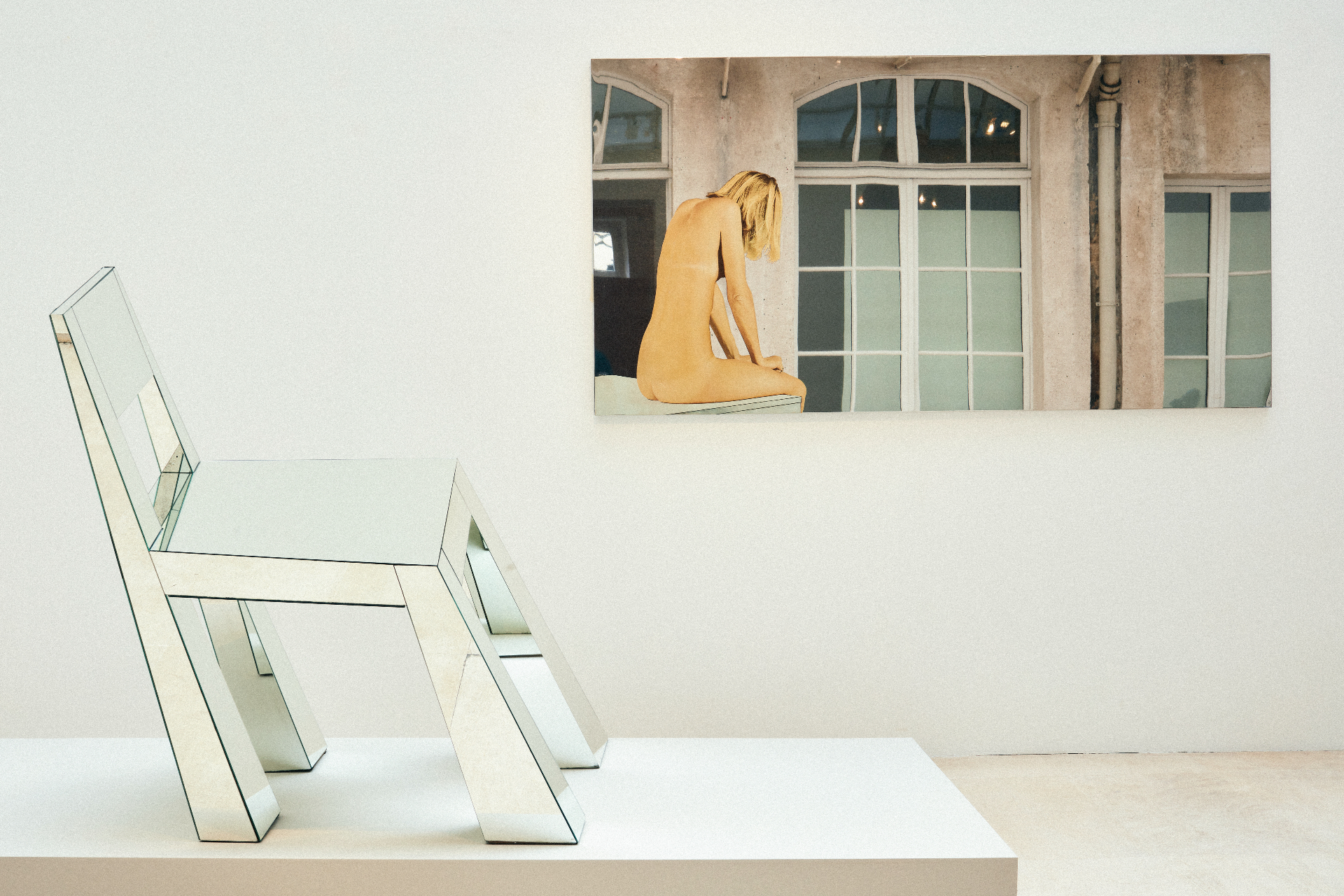
In the decades that followed World War II, post-fascist Italy experienced a cultural revolution. The political awakening the resulted from years of dictatorship led to a creative renaissance, shifting the country’s cultural landscape forever. While arte povera artists, from the late 1960s onwards, celebrated a return to simple and unconventional materials, coincidentally, the radical design movement proposed new ways of living, empowering a generation of architects who were critical of traditional planning methods.
Paying homage to the radical legacy of the period spanning from the mid-1940s to the 1970s, the exhibition Utopia has turned Tornabuoni Art in Paris into a salon of intimate conversations between Italy’s greatest post-war artists and architects. ‘The exhibition is not about creating historical links between them,’ explains French architect Charles Zana, who curated and conceived the group show in collaboration with the Florence-born gallery. ‘It is about their common ways of understanding their time.’
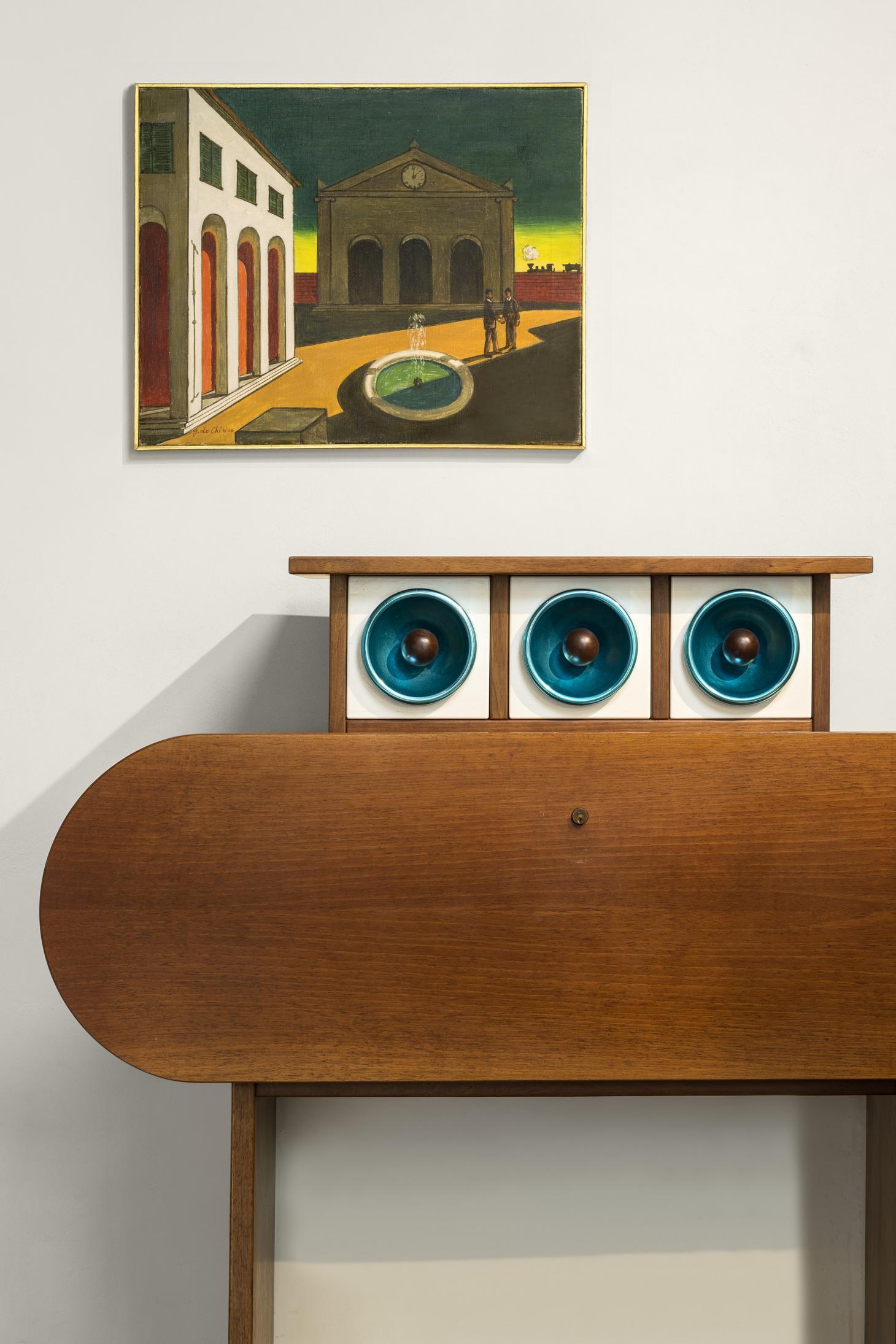

Rare cabinet Barbarella by Ettore Sottsass,1966 with L’addio dell’amico che parte all’amico che rimane, by Giorgio de Chirico, 1950. Below, Concetto spaziale, Attesa, by Lucio Fontana, 1965. © Tornabuoni Art
For Utopia, Zana has paired 17 artists with 17 designers and architects, creating a mise-en-scène of imaginary scenarios in which Giorgio De Chirico befriends Ettore Sottsass and Lucio Fontana meditates with Carlo Mollino. Whether linked by a similar aesthetic sensitivity, philosophical concerns or shared vocabulary, the Italian duos dismantle the boundaries between art and design to reveal the common approaches that came to define this hopeful epoch. If architect Andrea Branzi and artist Piero Paolo Calzolari never had a chance to meet in real life, Zana claims they now have: ‘I created a meeting between them, a sharing of values.'
Other significant works include a cast resin dining table by Gaetano Pesce from 1980, a wooden chair by Carlo Mollino from 1959 and a camouflage fabric on frame by Alighiero Boetti from 1967. ‘It was very emotional when we opened the boxes,’ recounts Zana, who sourced the historical pieces from a number of collections and foundations across Europe. ‘I was very touched to discover the works, some of which I had only seen in pictures.’ The exhibition will be on show until 21 December at the gallery’s Paris outpost, and is part of a programme of exhibitions devoted to the Italian cultural landscape from the 1950s to the 1980s.
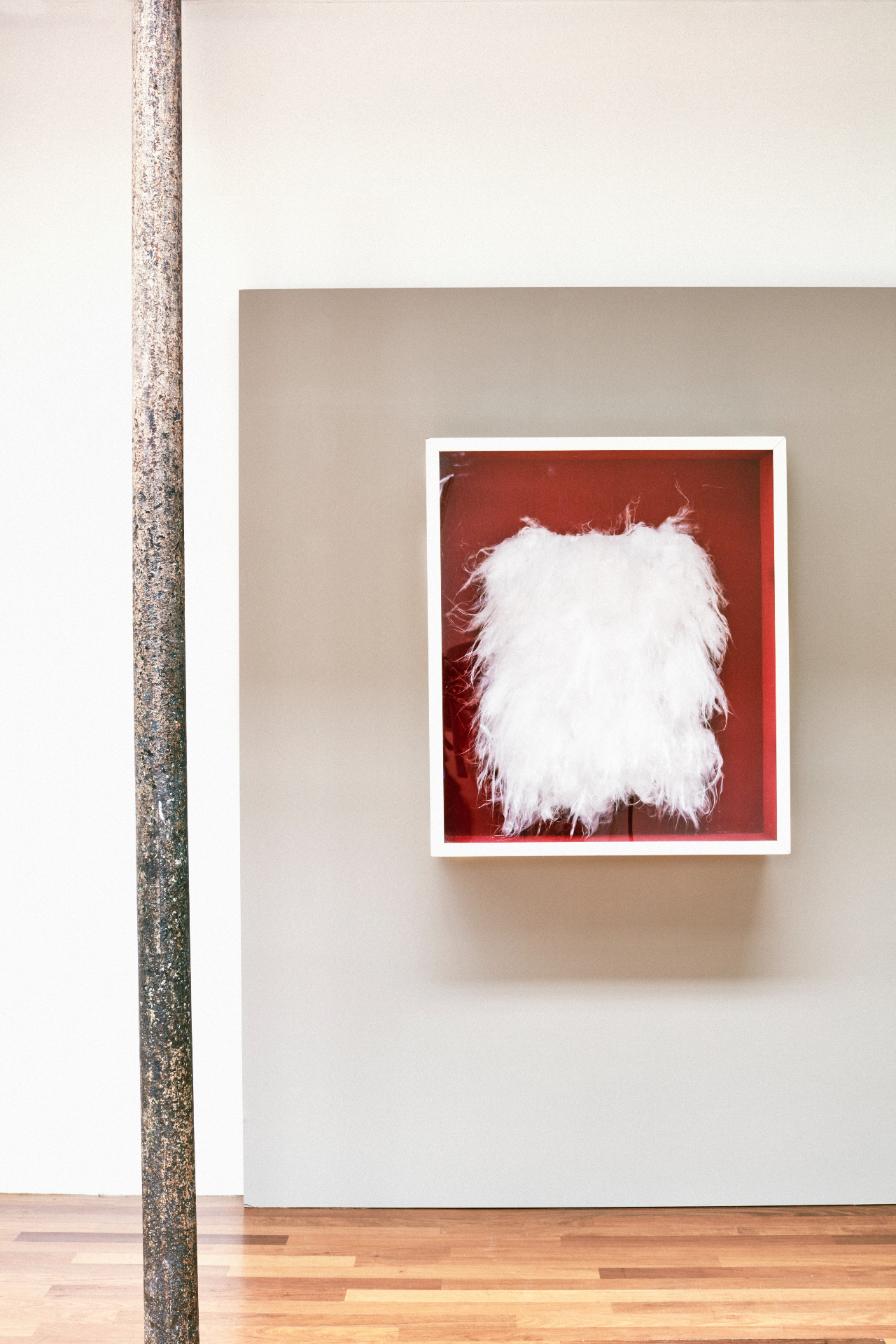
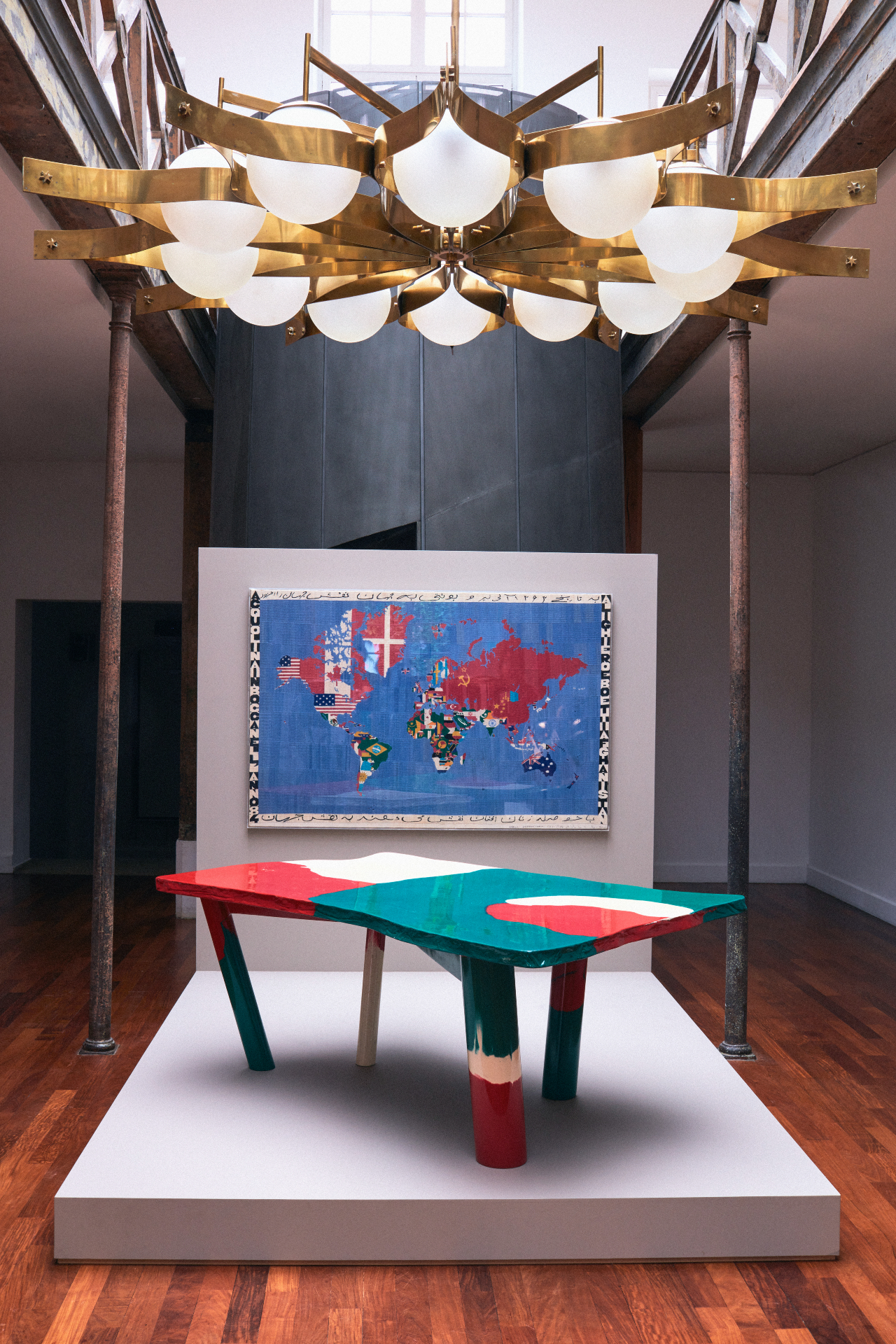
INFORMATION
Utopia is on view until 21 December. tornabuoniart.fr
ADDRESS
9 Rue Charlot,
75003 Paris
Wallpaper* Newsletter
Receive our daily digest of inspiration, escapism and design stories from around the world direct to your inbox.
-
 Put these emerging artists on your radar
Put these emerging artists on your radarThis crop of six new talents is poised to shake up the art world. Get to know them now
By Tianna Williams
-
 Dining at Pyrá feels like a Mediterranean kiss on both cheeks
Dining at Pyrá feels like a Mediterranean kiss on both cheeksDesigned by House of Dré, this Lonsdale Road addition dishes up an enticing fusion of Greek and Spanish cooking
By Sofia de la Cruz
-
 Creased, crumpled: S/S 2025 menswear is about clothes that have ‘lived a life’
Creased, crumpled: S/S 2025 menswear is about clothes that have ‘lived a life’The S/S 2025 menswear collections see designers embrace the creased and the crumpled, conjuring a mood of laidback languor that ran through the season – captured here by photographer Steve Harnacke and stylist Nicola Neri for Wallpaper*
By Jack Moss
-
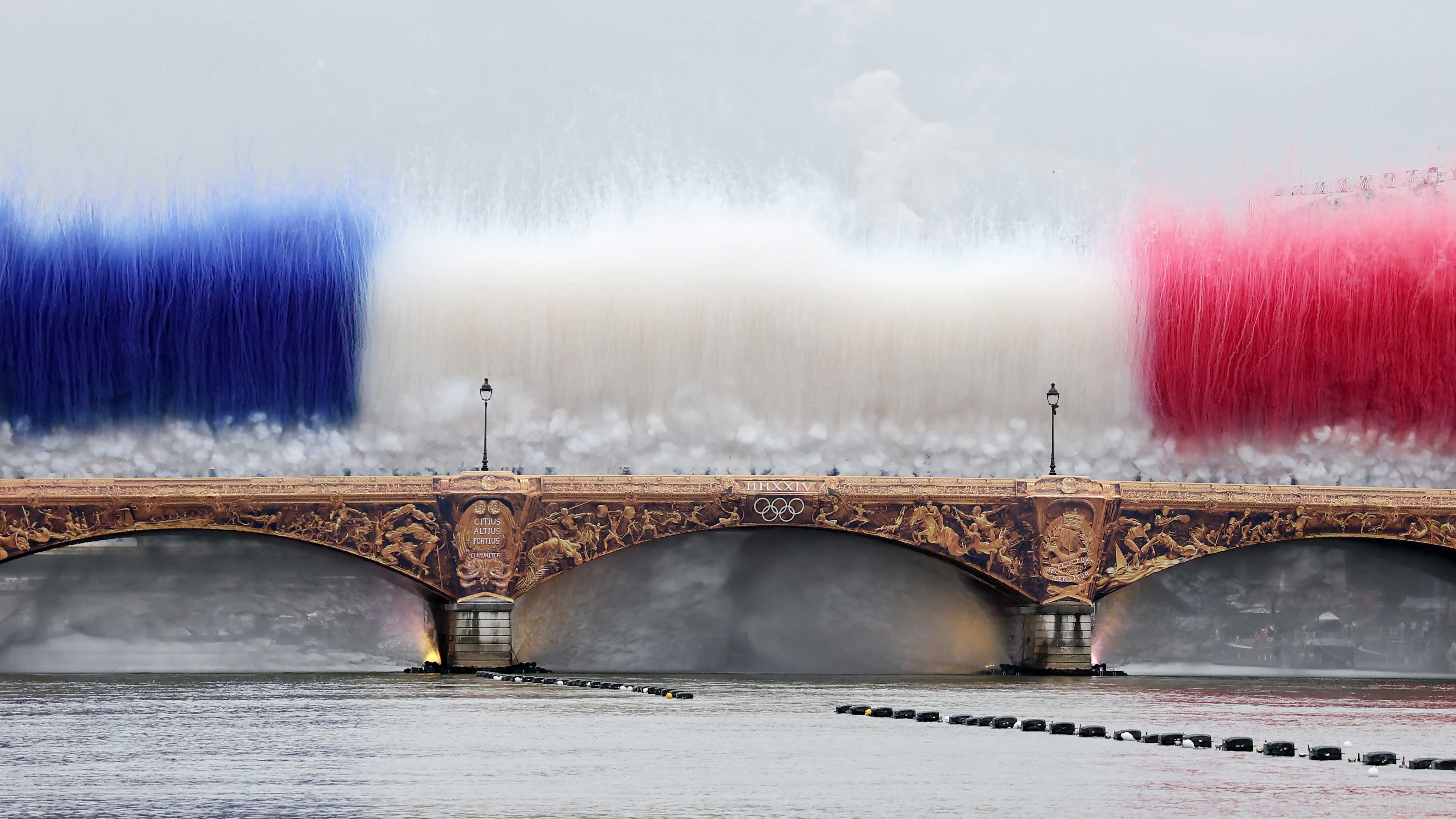 Olympics opening ceremony: a little Gaga, a lot of spectacle, and universal uplift
Olympics opening ceremony: a little Gaga, a lot of spectacle, and universal upliftHow Paris 2024’s Olympics opening ceremony set spirits – and much else – soaring, embracing the Seine, the streets and the skies. Craig McLean reports
By Craig McLean
-
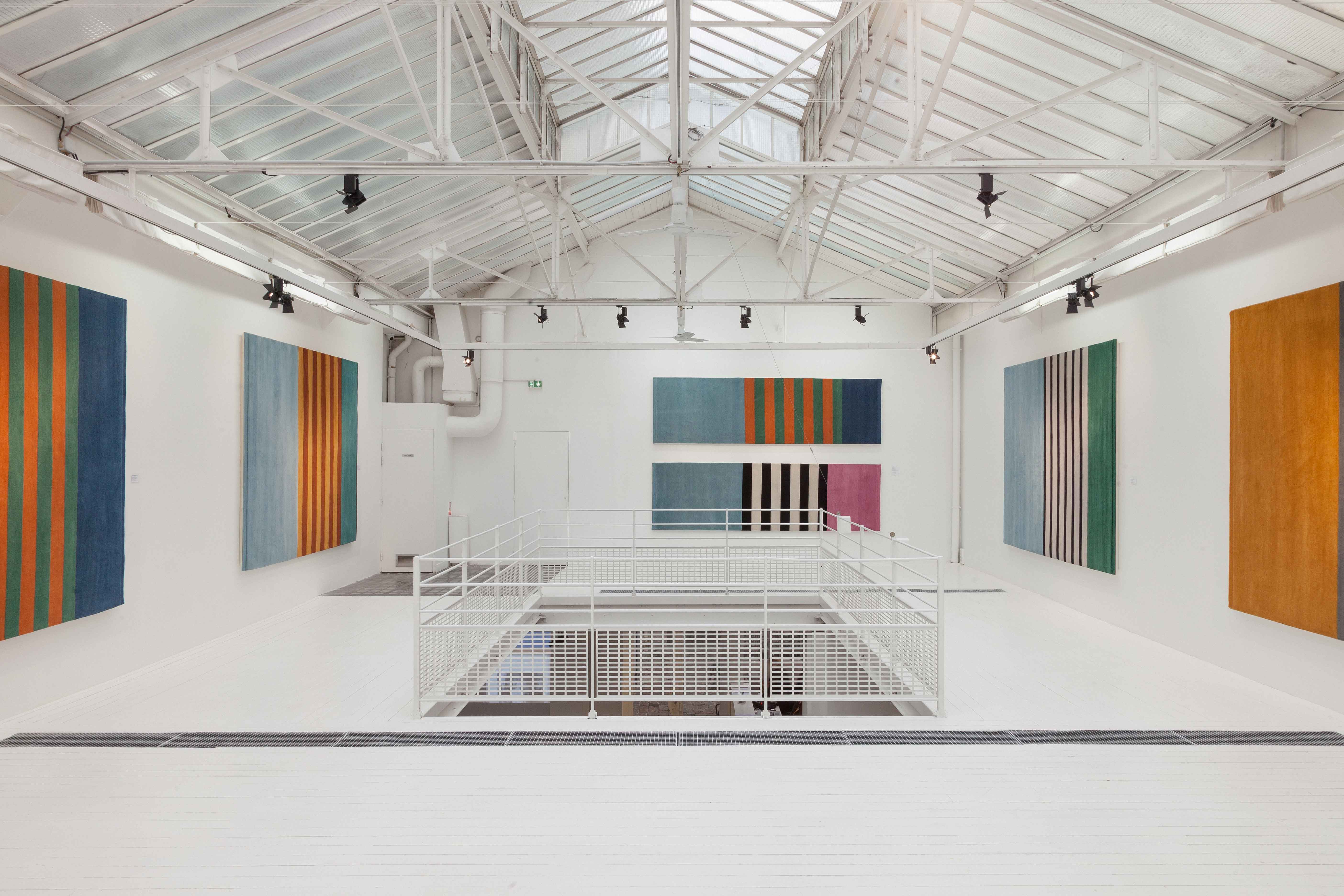 Paris Design Week 2023: the highlights
Paris Design Week 2023: the highlightsYour essential guide to Paris Design Week 2023, from Maison & Objet to Paris Déco Off, and the best things to see in town as part of Maison & Objet City
By Rosa Bertoli
-
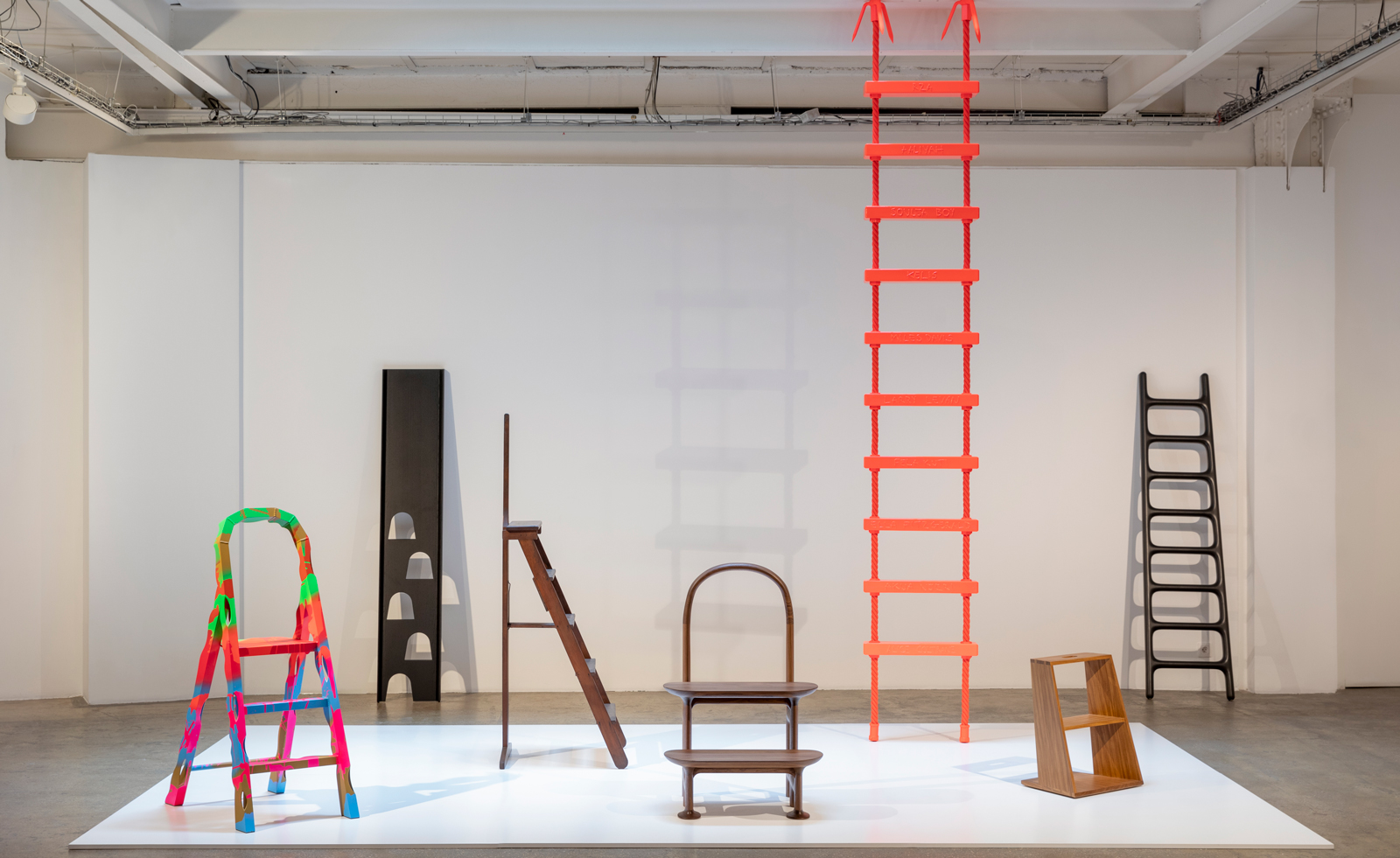 Step by step: Virgil Abloh, Jaime Hayon and more rethink the ladder at Galerie Kreo, Paris
Step by step: Virgil Abloh, Jaime Hayon and more rethink the ladder at Galerie Kreo, ParisA new exhibition at Galerie Kreo, ‘Step By Step’, invites more than 20 designers to rethink the ladder’s classic design
By Hannah Silver
-
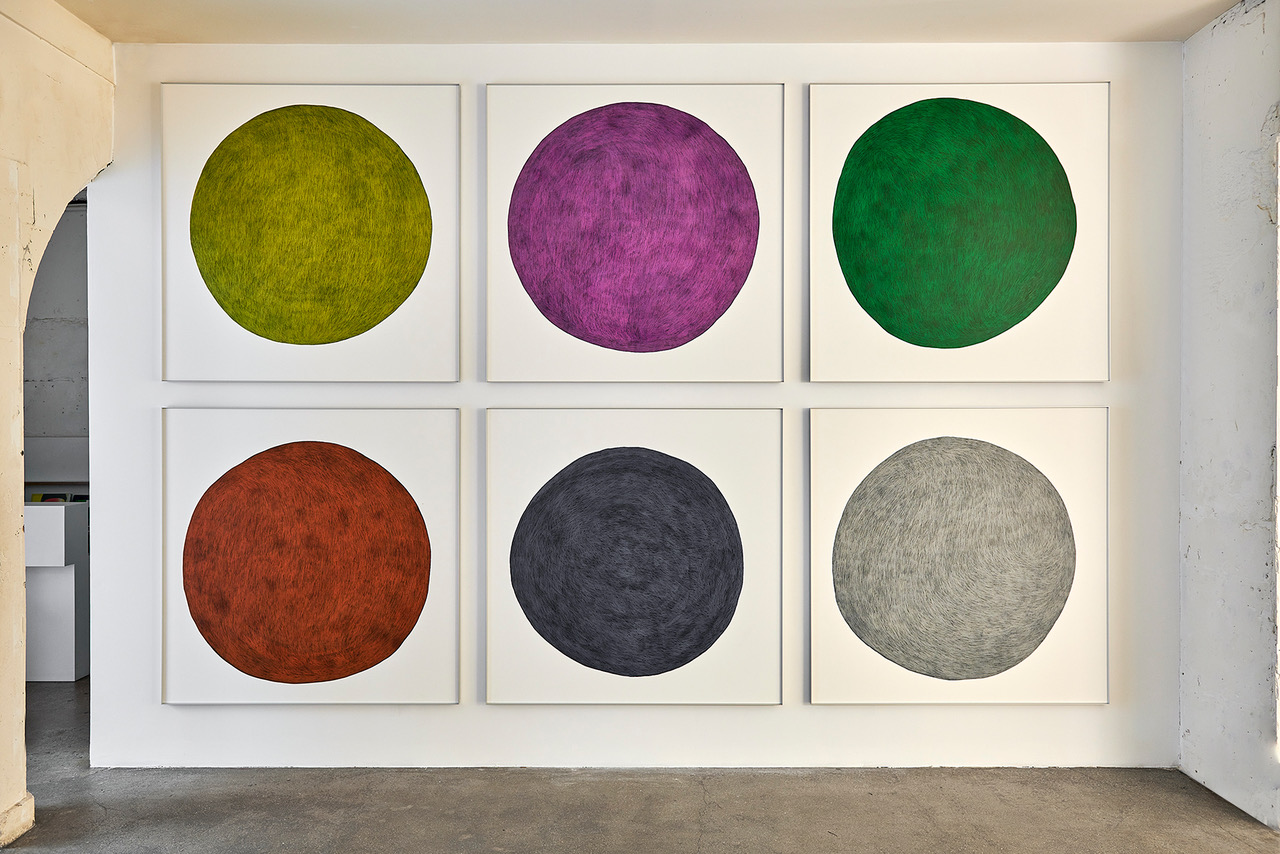 Virtually experience the shapes and colours of Pierre Charpin
Virtually experience the shapes and colours of Pierre CharpinTake a digital 3D tour of Pierre Charpin’s show ‘Similitude(s)’ at Paris’ Galerie Kreo that explores colour and geometry
By Ali Morris
-
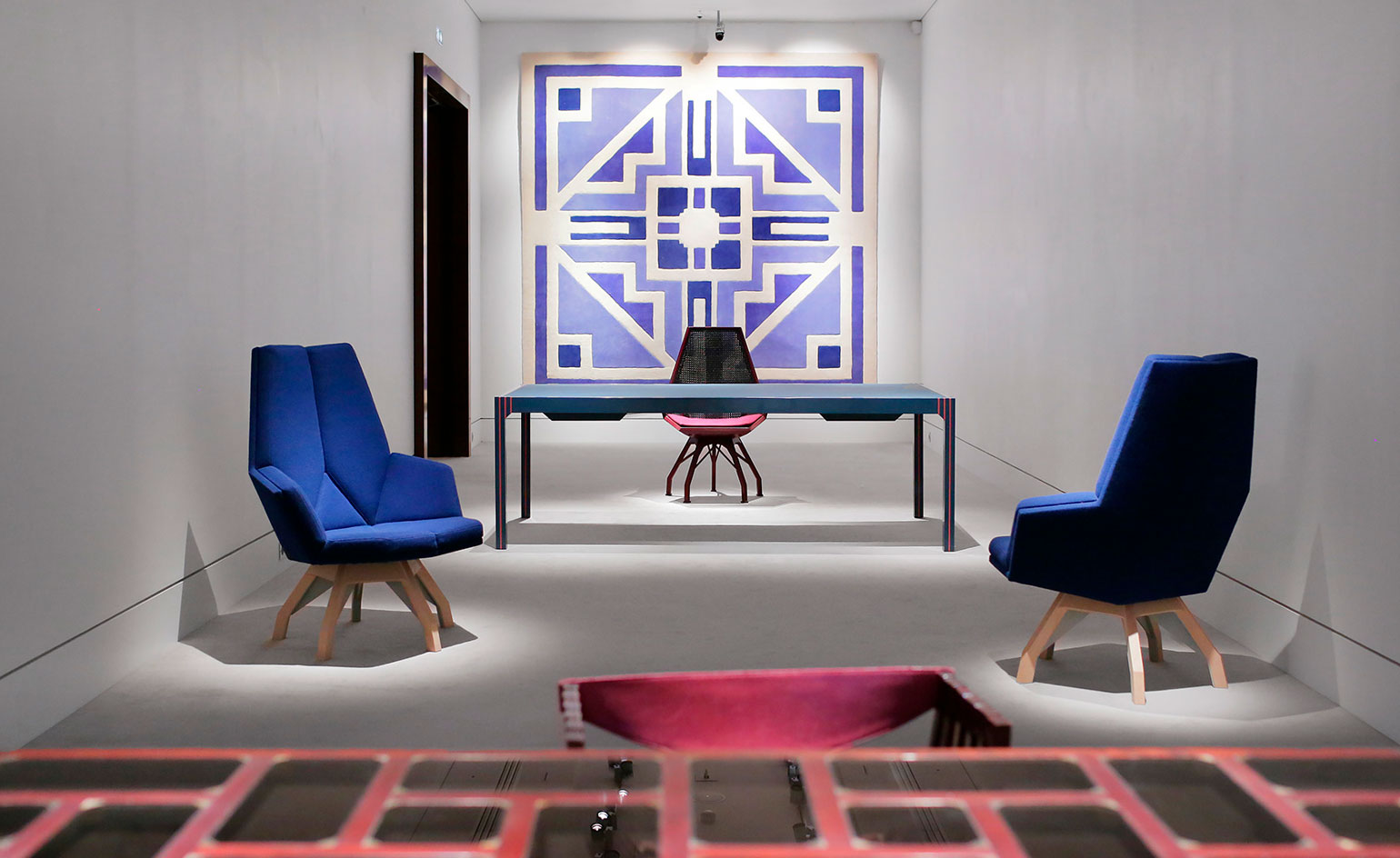 Re-living Pierre Paulin's 1970s Paris
Re-living Pierre Paulin's 1970s ParisTake a journey to 1970s Paris with Sotheby’s celebration of the work of French designer Pierre Paulin
By Laura May Todd
-
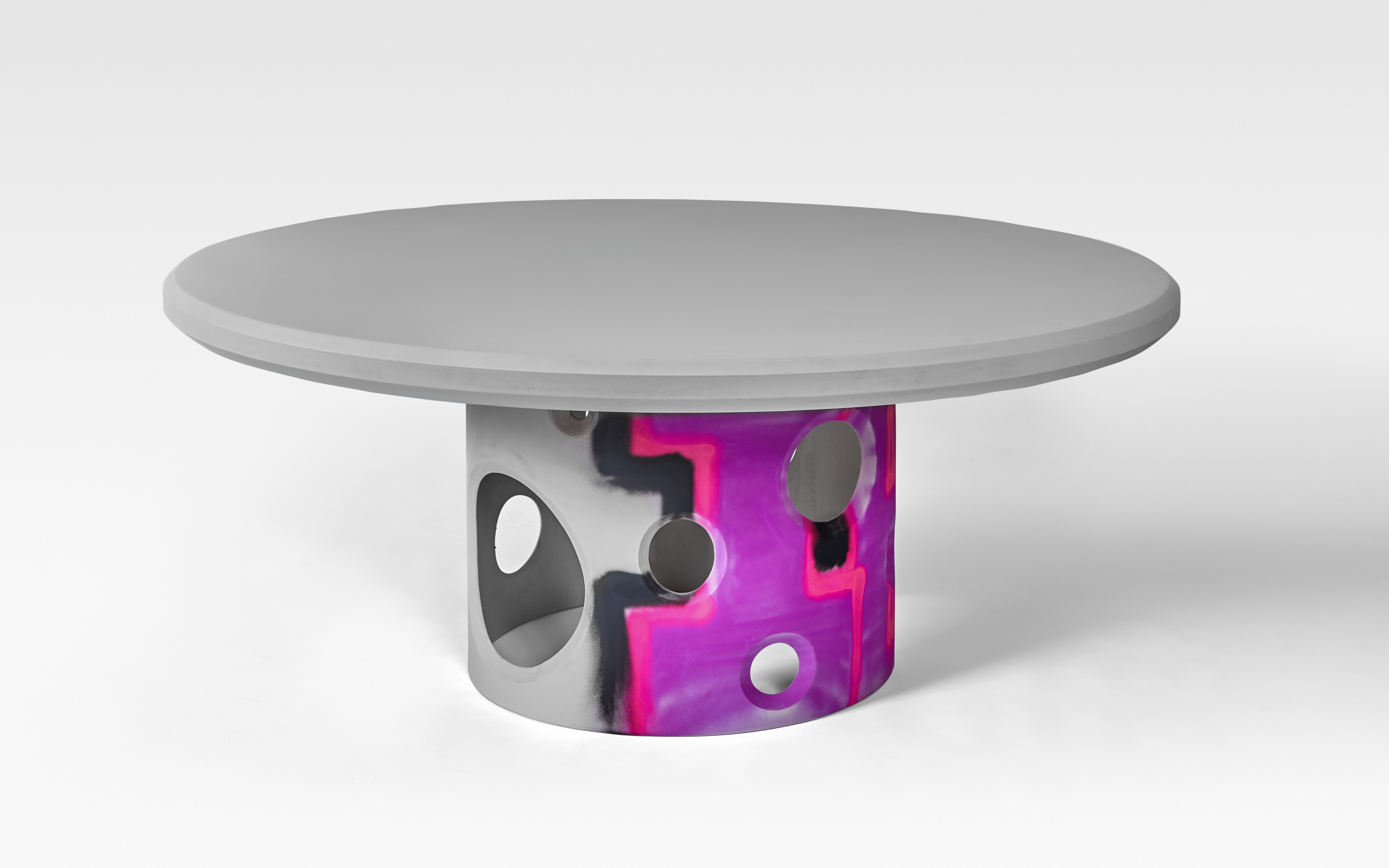 Cultural crossings at Maison et Objet January 2020
Cultural crossings at Maison et Objet January 2020In Paris this January, Maison et Objet (17-21 January) spanned fun rides, poetic performances and a Mediterranean brand launch
By Sujata Burman
-
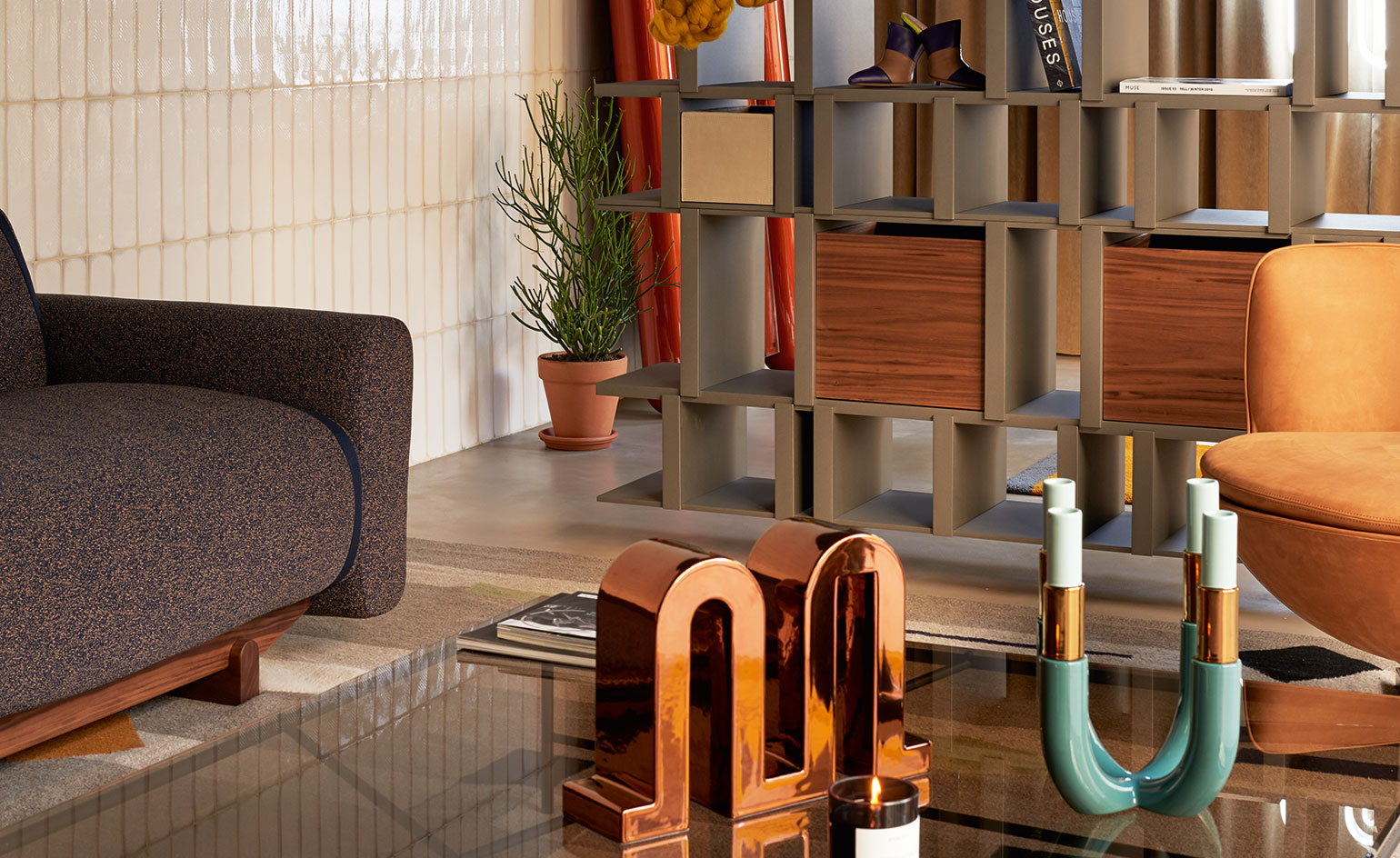 A new design, fashion and retail experience opens in Paris
A new design, fashion and retail experience opens in ParisNew brand La Manufacture offers French allure and Italian craft under the creative crew of Robert Acouri, Milena Laquale and Luca Nichetto
By Yoko Choy
-
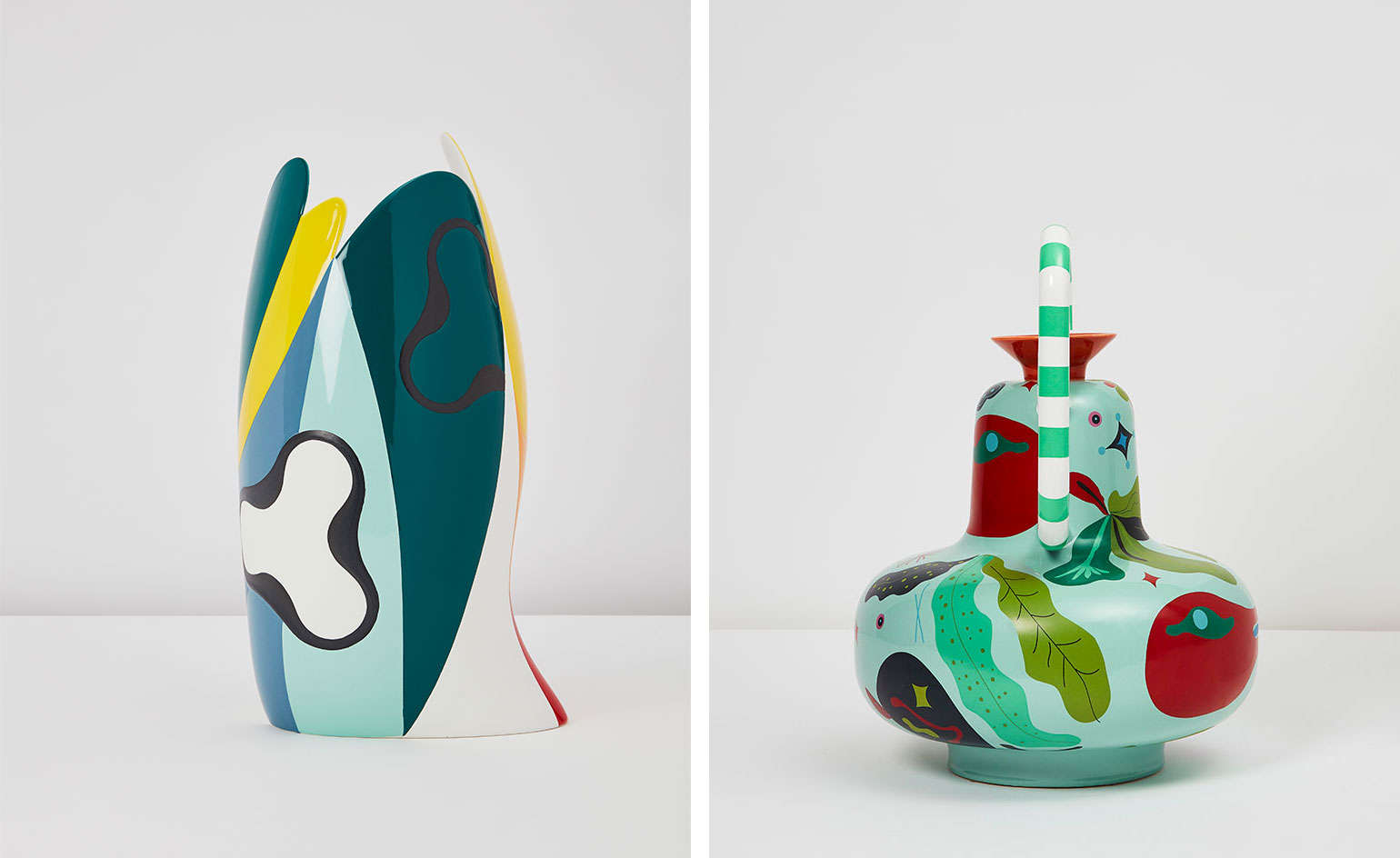 Henri Matisse’s legacy lives on with new brand launching at FIAC
Henri Matisse’s legacy lives on with new brand launching at FIACJaime Hayon, the late Alessandro Mendini and Ronan and Erwan Bouroullec create vases under the Maison Matisse brand, founded by the artist’s great-grandchildren
By Clara Le Fort